Parramatta River dead fish: Ecological disaster has residents, experts shocked
Hundreds of dead fish have washed up along the banks of the Parramatta River in recent days, triggering an investigation by the EPA. See the pictures.
Inner West
Don't miss out on the headlines from Inner West. Followed categories will be added to My News.
Hundreds of dead fish have washed up on the banks of the Parramatta River, leaving residents shocked and ecology experts scrambling to find the cause.
Photos began to appear on social media of a large amount of dead fish at Haslams Creek on Thursday, prompting the NSW Environment Protection Authority (EPA) to start investigating.
In the following day locals were horrified to see even more huge deposits of dead fish washed ashore, as far east as Rhodes and as far west as Rydalmere.
Jennifer Dixon, a resident of Rhodes of more than 20 years, said she had gone for a walk along the foreshore on Friday when she came across the fish kill.
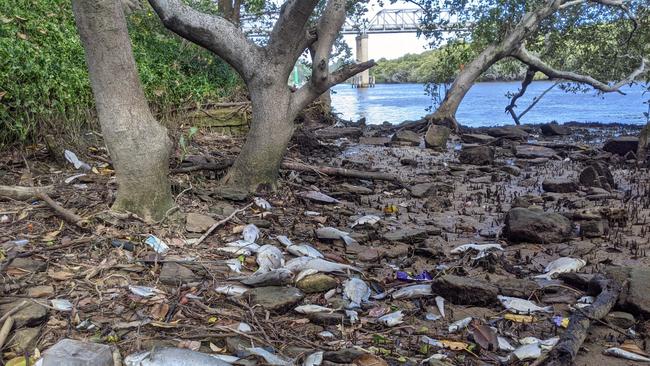

“The stench was horrific,” she said. “The dog ran straight over and found this giant fish on the beach and when we looked around there were dead fish everywhere. It was absolutely horrific.
“Some of the fish were giant, almost like trophy fish. I had goosebumps and tears in my eyes, I was very upset.”
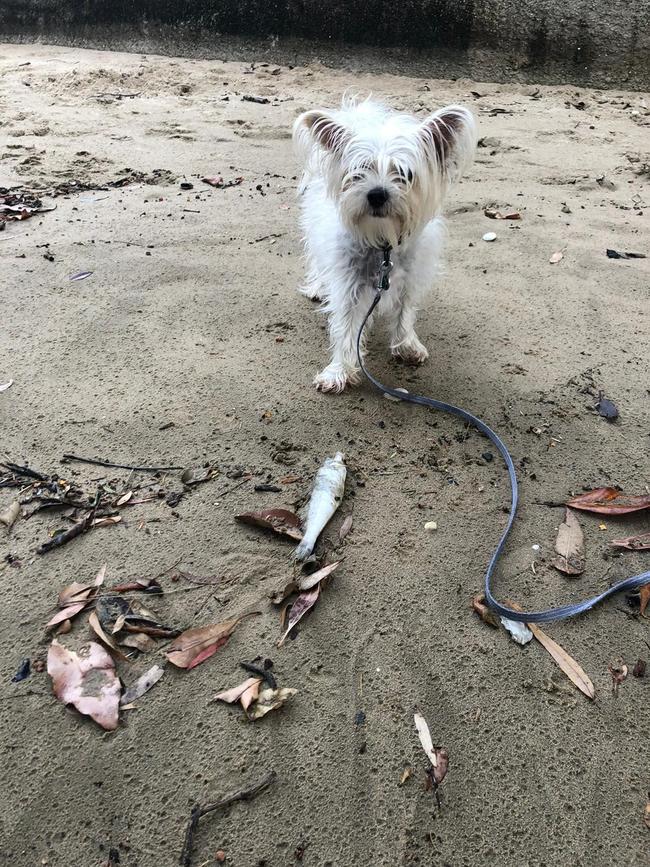
Kellie Darley, an independent councillor at the City of Parramatta Council, went walking along the Rydalmere foreshore after hearing reports of the fish kill from worried residents.
She posted photos of another large deposit of dead fish, similar to other sites across the river, and wrote on Facebook the photos “are absolutely not what a healthy, cared for river looks like”.
Ms Darley said that she was made aware authorities around the Sydney Olympic Park foreshore had started to clear up the carcasses.
“They also did mention to me that they’ve actually seen live fish swimming in the creek again, which is a good sign,” she said.
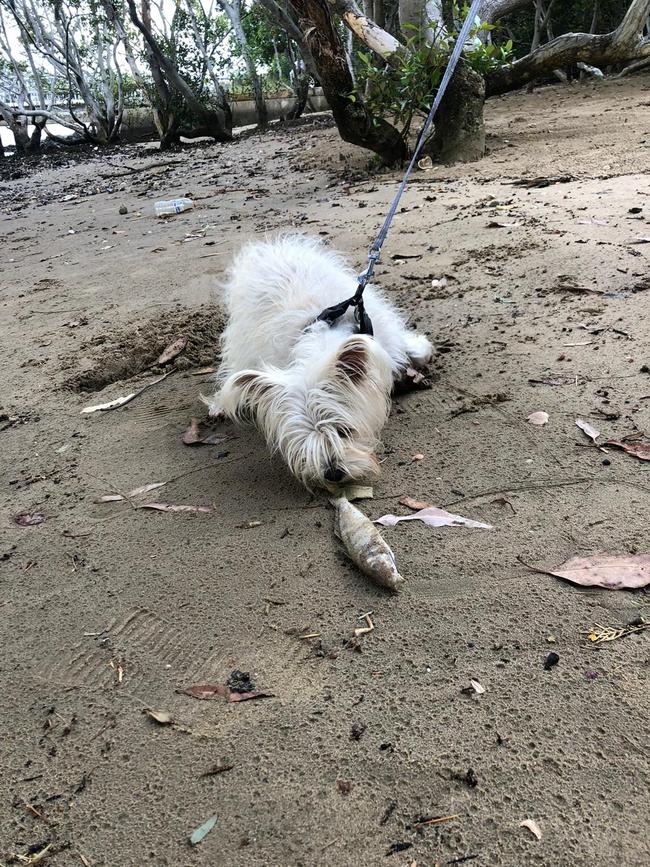
Andrew Ferguson, a Labor councillor on the City of Canada Bay Council, also received photos and concerns from residents in his electorate.
“This most recent disaster is a great worry not just for residents but more broadly for Sydney,” he said. “Not just the EPA but the NSW Environment Minister must ensure a thorough and well resourced investigation of this matter.”
Investigations are ongoing in what residents have said is the worst fish kill they’ve seen in the river for years.
The EPA tested the water at two sites where the fish kill had been spotted, at Haslams Creek and at Rydalmere.
“Last week a fish kill was reported at Haslams Creek which flows into Homebush Bay and yesterday the EPA received a report of a fish kill on the Parramatta River at Rydalmere,” the EPA said.
“It is distressing to see a significant number of fish killed and a variety of species impacted.”
At Haslams Creek, the EPA’s infield water quality analysis on Thursday and Friday identified low dissolved oxygen which resulted in the fish kills.
“Preliminary investigations indicate low oxygen levels were not caused by chemical pollution and were more likely due to natural causes,” the EPA said.
At Rydalmere, the EPA’s early investigation also indicated low dissolved oxygen caused fish kills in the area over the weekend.
“Observations by EPA officers indicate low oxygen levels were caused by high intensity storms that washed organic matter into the waterway, which combined with elevated water temperatures, has caused the fish deaths,” the authority said.
Nell Graham — co-ordinator at the Parramatta River Catchment Group (PRCG), a regional organisation of local councils, state agencies and community representatives — explained the group was working with the EPA to understand the cause of the latest fish kill and detailed how low oxygen levels in the river could come about.
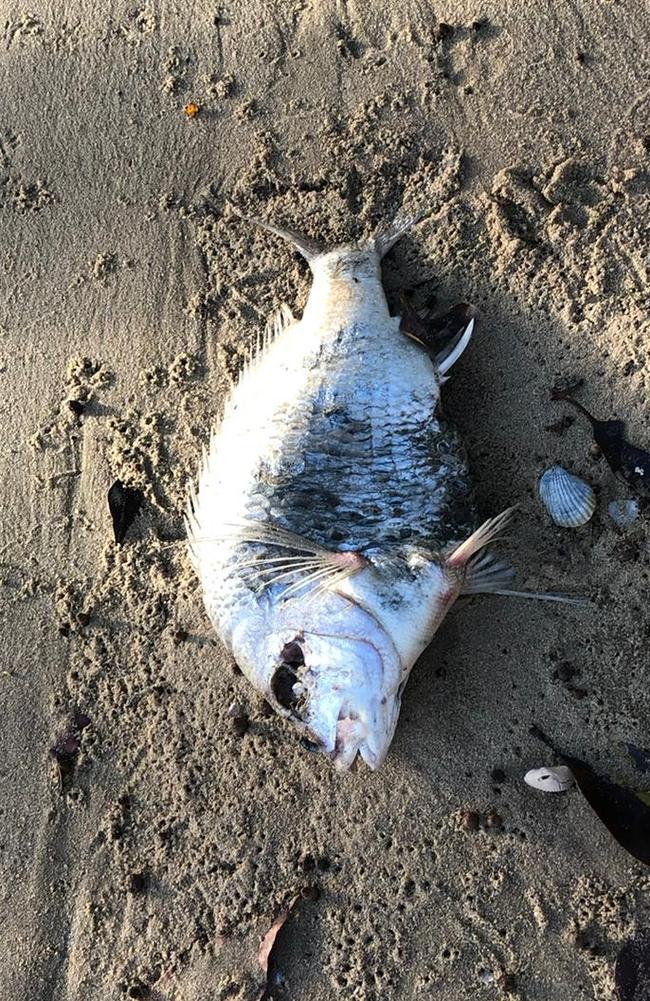
“There’s so many different causes of low dissolved oxygen in the water, so we have to wait until the lab results come in to find out,” she said.
Ms Graham cited an influx of leaves in the water as one example.
“People might think that leaves being blown into the water is a natural thing and that it’s okay for them to fall into the water, but as it breaks down it uses up oxygen as then it kills the fish around them because there’s no oxygen for them,” she said.
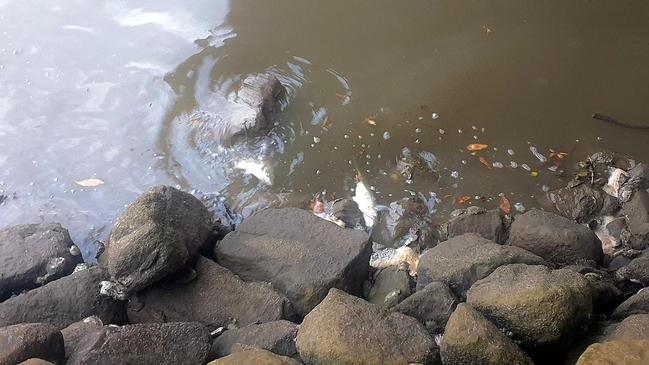
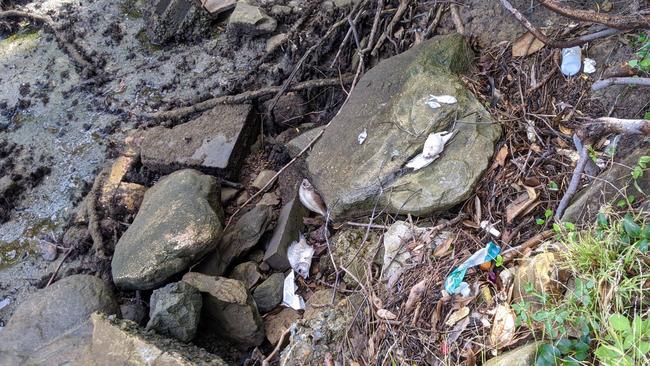
Ms Graham said one of the small things people could do was to use their green waste bin rather than using a leaf blower to just push leaves into drains or onto hard surfaces.
Ms Darley said encouragement could be taken from the fact residents are invested in continuing to improve the health of the river.
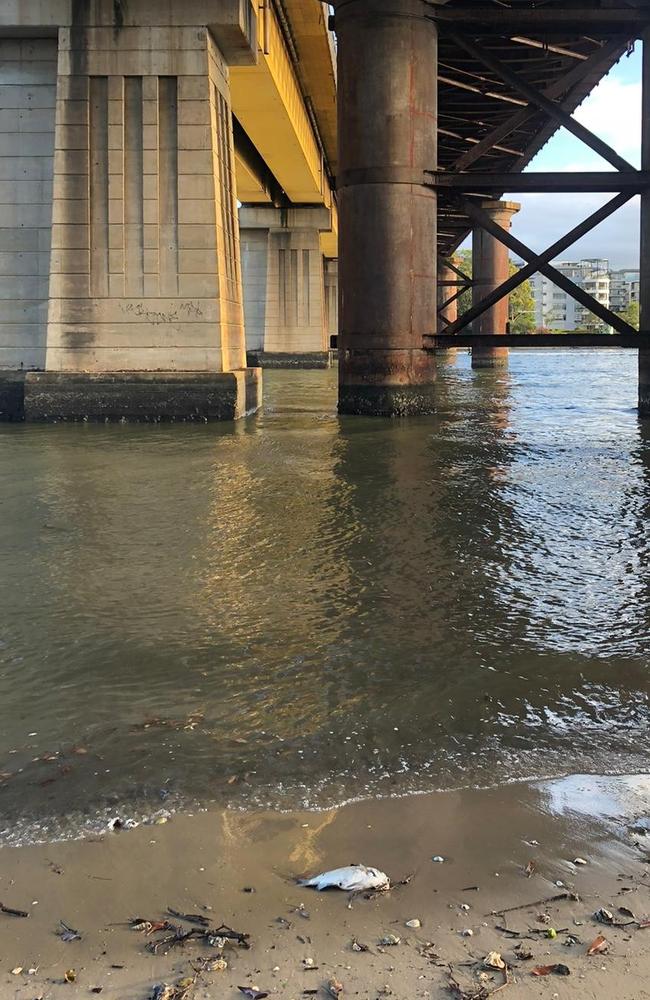
“There has been such a significant improvement in terms of the quality of the river and changing attitudes about not dumping and littering,” Ms Darley said.
“I’ve seen such an increase in people’s care for the river, and even through this disaster it’s a silver lining to know that the people do care about the river.”
If there was anything to glean from this ecological tragedy it was that the variety of fish observed in the fish kill at least pointed to a number of different species calling the river home.
“It does show how much diversity there is in our waterways,” Ms Graham said.
“You often can’t see or tell the different species in the river because of the colour of the water.
“This is just a reminder that we do need to tread lightly on this land, and we need to all work together to improve what we do.”





